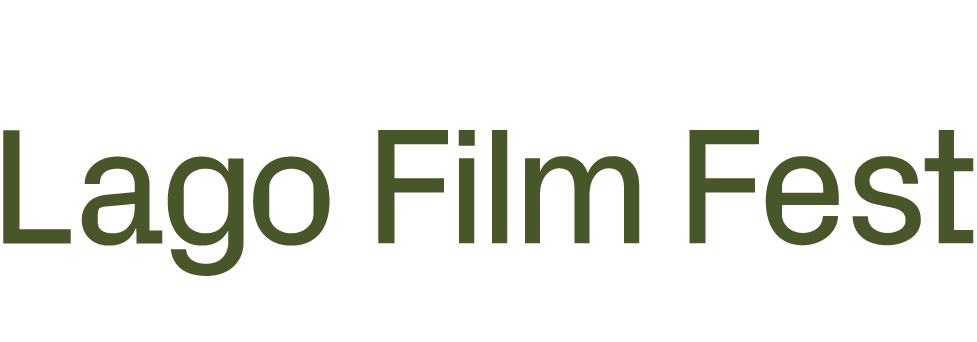ANIMATING CANADA
Experimental and Independent Animation
Curated by Chris Gehman and Lorenza Pignatti
PROGRAM 1:
THE EYE HEARS,
THE EAR SEES
This program includes several classics of animation that explore the complex relationships between sound and image. A program without language.
Special Screening
July 27th
10.00 p.m. – Riva del Lago
SHIKISOU
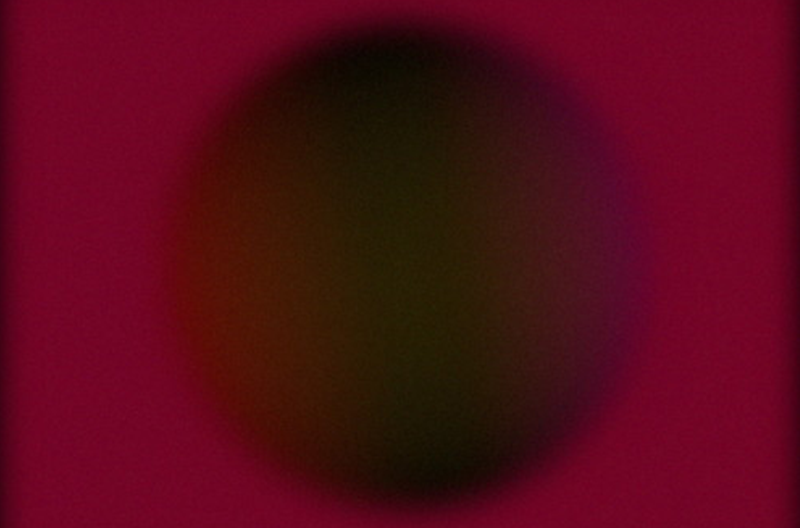
Barry Doupé & Yota Kobayashi / 2012 / 11’50’’
The Japanese word shikisou means a cyclical gradation of colors (“hue”). In this piece, the four seasons in Japan are used as an organizational temporal force and a source of symbolic connotations.
OP HOP – HOP OP
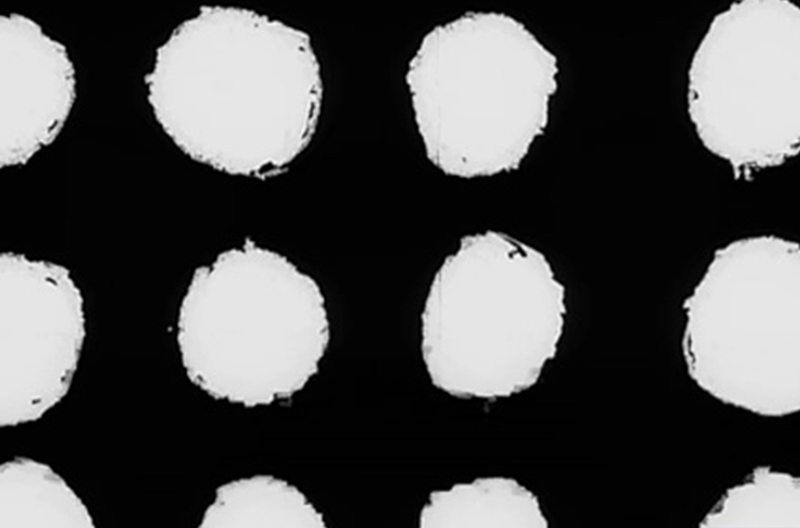
Pierre Hébert / 1966 / 3’
A hand-made, scratched-on-film experiment in intermittent animation dating from the year before Canada’s centennial, under the dual influences of Op Art and Norman McLaren.
PRIMITI TOO TAA
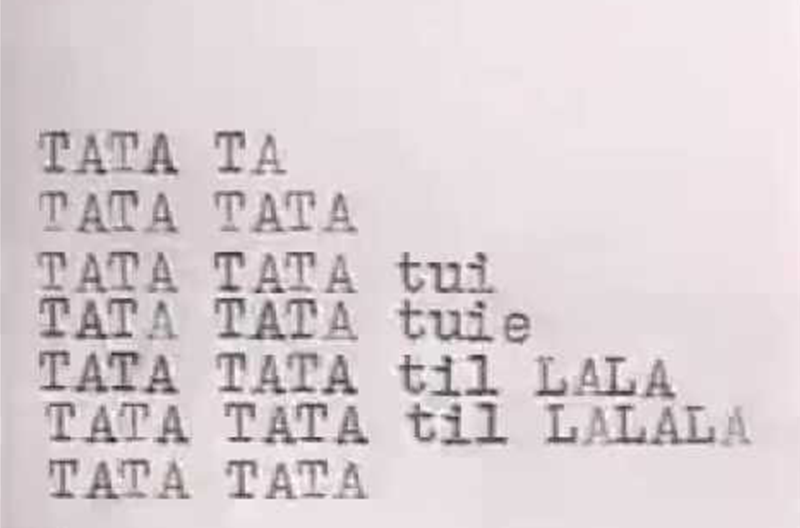
Ed Ackerman & Colin Morton / 1986 / 2’45’’
Constructivist poetry meets literal choreography. Primitive sounds meet their typed representation. The film is based on the 45-minute dada sound poem “Ur-sonate (Sonata for Primitive Sounds),” by Kurt Schwitters.
C NOTE
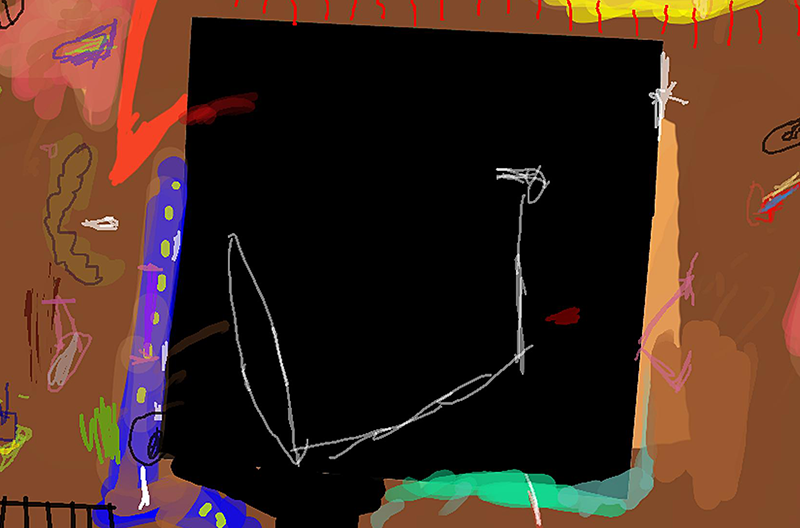
Chris Hinton / 2004 / 7’
Filmmaker Chris Hinton and composer Michael Oesterle leap back and forth between picture and sound. The dynamic movement of Hinton’s visual art dances in syncopation with the bold musical strokes of an original modern classical composition.
POST MARK LICK
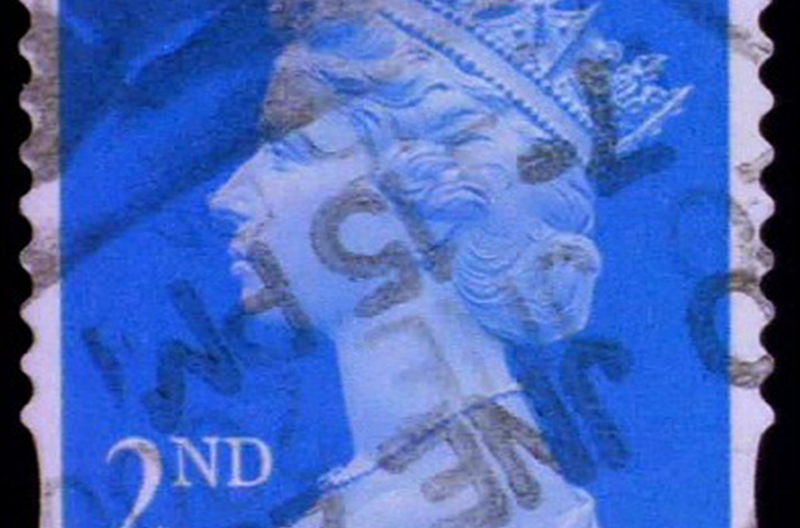
Sonia Bridge & David Brown / 2002 / 3’40’’
“A love-song to the pre-digital age of postal correspondence and photogram animation” (Images Festival, 2003).
TWO EASTERN HAIR LINES
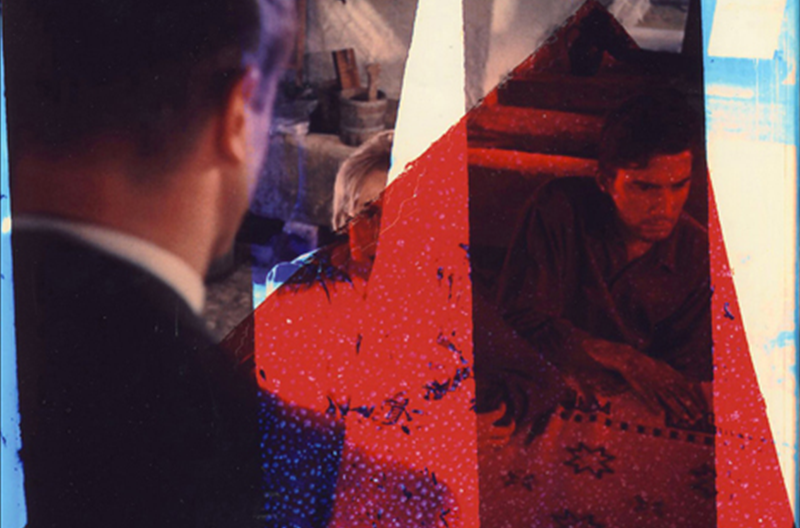
Steven Woloshen / 2004 / 4’
Sometimes, rifts between us are as wide as rivers, and sometimes as small as hairlines. Using bleaching and painting techniques on found footage, Two Eastern Hair Lines explores communication, conflict and isolation.
BEGONE DULL CARE
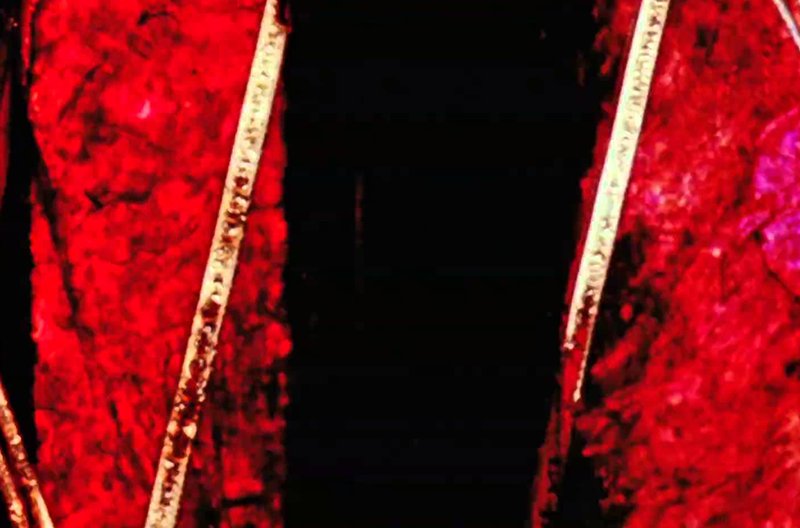
Evelyn Lambart & Norman McLaren / 1949 / 7’
One of the world’s classics of film animation. For this film, Lambart and McLaren marked directly on the film, creating fleeting movements across intersecting layers of line, texture, and colour. If there is a film that expresses pure joy, this is it!
PROGRAM 2:
BODIES IN TROUBLE
In this program, Peter Foldès’s influential early work of computer animation, Hunger, introduces a collection of contemporary videos from the 2000s. These artists use the animated image to address the position of the body in relation to social, historical and spiritual conditions.
Special Screening
July 27th
10.30 p.m. – Riva del Lago
HUNGER

Peter Foldès / 1973 / 11’25’’
This caustic satire depicts one man’s descent into greed. Among the earliest examples of computer animation, and one that clearly shows the “vector-based” system underlying almost all of the digital animation we see today.
BLOSSOM
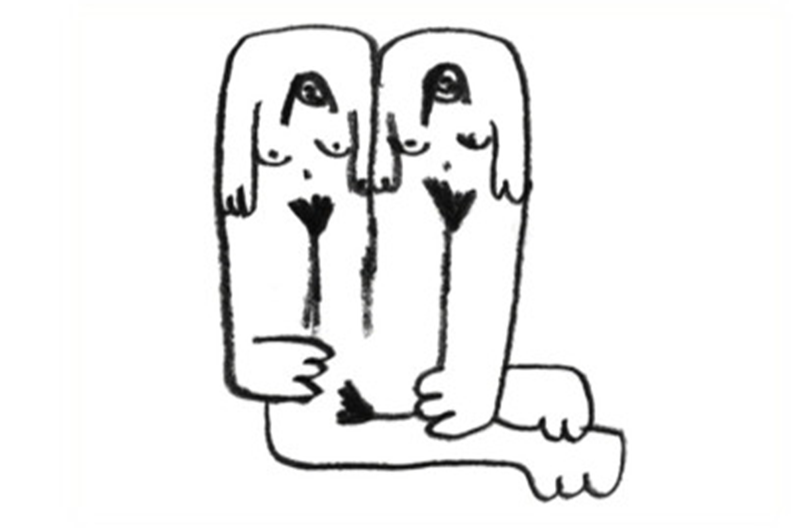
Jesi Jordan / 2014 / 3’08’’
In Blossom, Jesi Jordan creates an animated diary in which an image of a naked woman is continuously contorting into varying shapes, each one representing a particular feeling.
REPERCUSSIONS
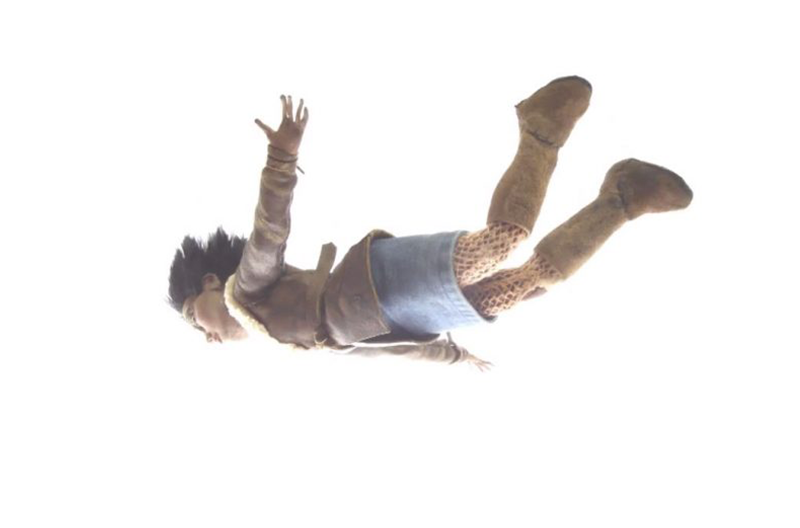
Terril Calder / 2013 / 3’35’’
A portal that examines the link Aboriginal people have to the land’s history, resonating into a future that is strengthened by this acknowledgement.
THE BABBLE ON PSALMS
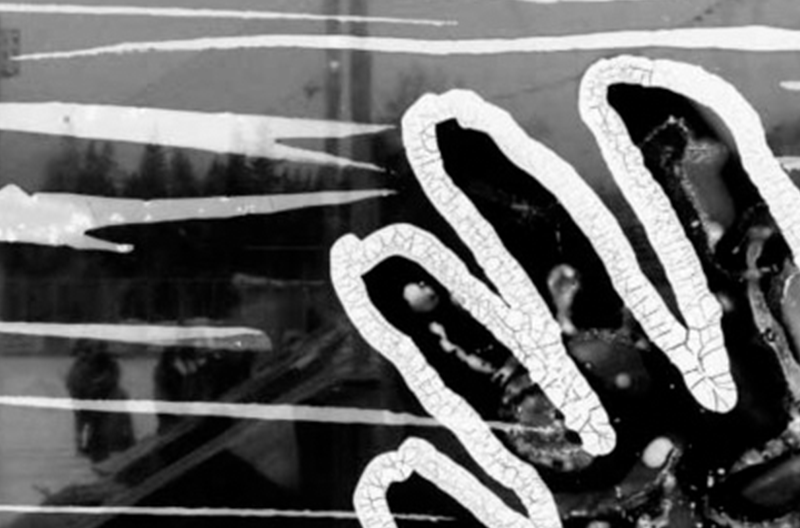
Steven Woloshen / 2001 / 4’
A vibrant animation, combining found footage with cameraless scratching and inking techniques, and the universal language of music. Made on September 12th, 2001 in response to the previous day’s event.
FINDING THE TRUTH IN THE WORLD AROUND US
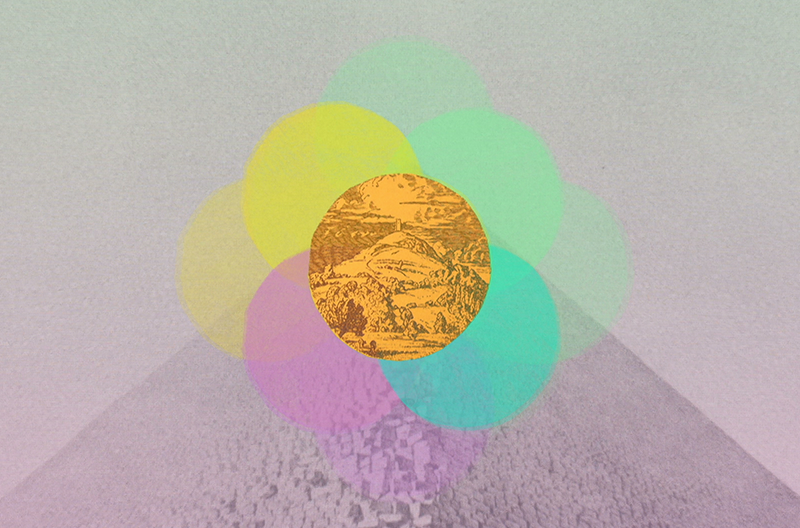
Leslie Supnet / 2013 / 2’26’’
This short film was commissioned for POP Montreal as part of a project made to investigate the concept of Electronic Voice Phenomenon: the process of using technological apparatuses to allow for communication with alternate dimensions.
A MIRACLE
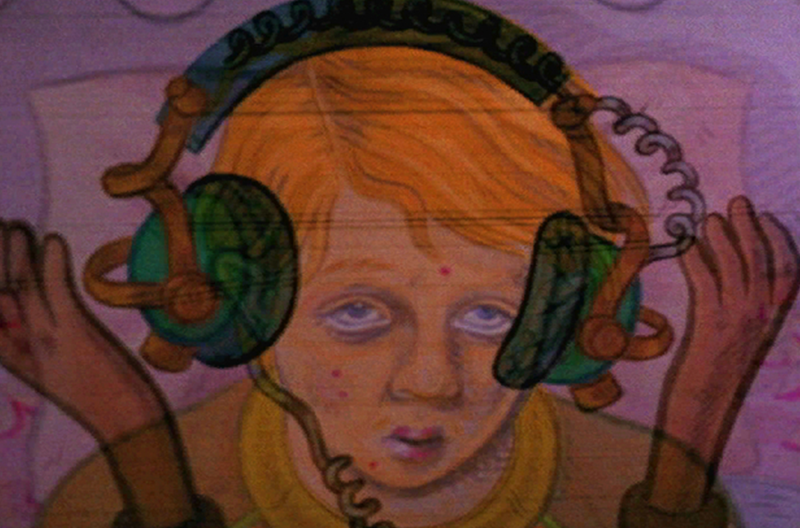
Daniel Barrow / 2003 / 2’37’’
A video created for Toronto-based “gay church folk” musicians The Hidden Cameras, using Daniel Barrow’s unique “live animation” techniques, which make use of drawings on clear acetates projected with an old classroom-style overhead projector.
WE’VE MET BEFORE
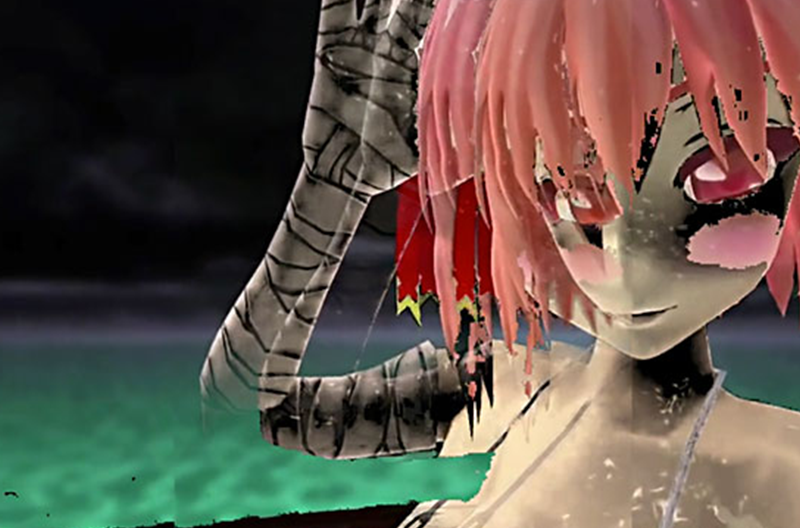
Maya Ben David / 2015 / 4’33’’
We’ve Met Before focuses on a fetish called “Vore,” which is the fantasy of being consumed by or consuming another person or fictional character. This phenomenon started to appear in early video games around the 1990s.
RED BUFFALO SKYDIVE
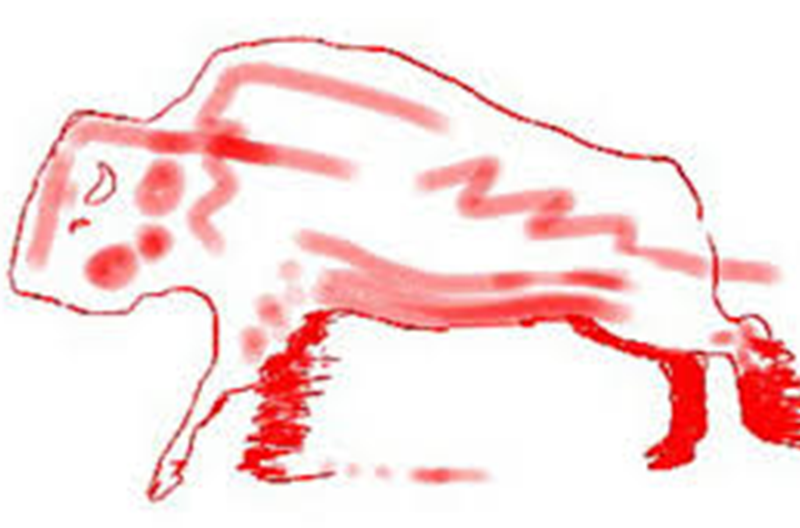
Jude Norris / 2000 / 3’30’’
A three-minute rotoscope animation featuring a repeating six-second clip of an animated running buffalo combined with dialogue of the artist repeating a story told to her by a paraplegic man who picked her up hitchhiking.
THE MAGICIAN
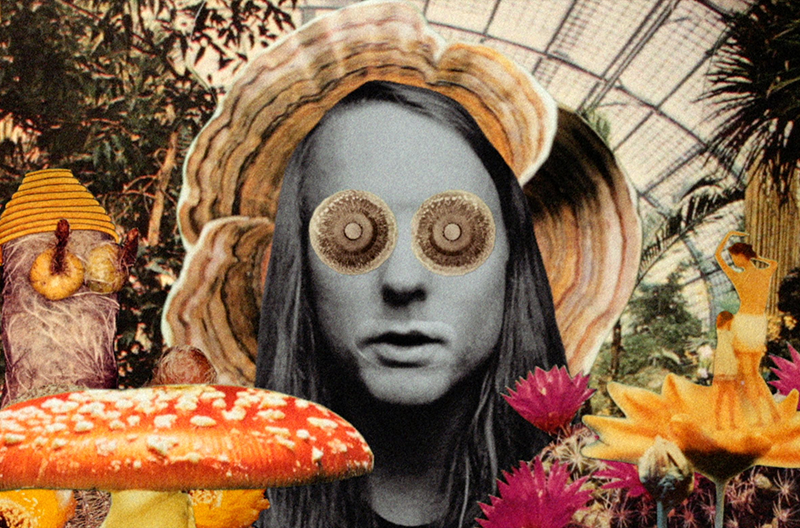
Winston Hacking & Andy Schauf / 2016 / 3’51’’
Animation to a song by Andy Schauf: a surreal animated collage dream in which the world breaks apart to reveal another world, again and again.



